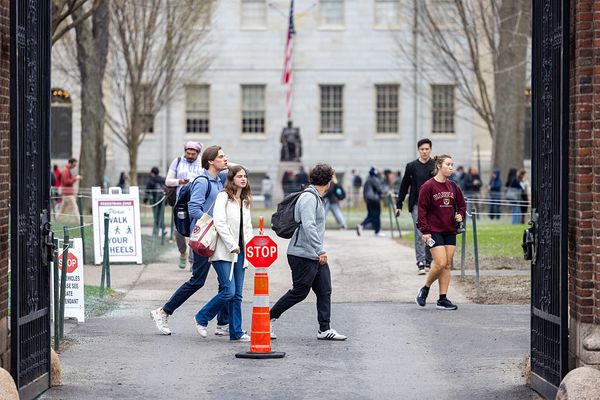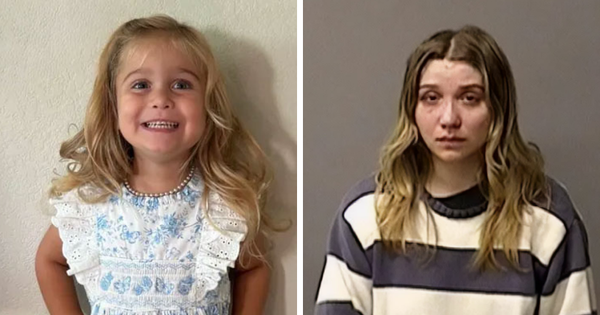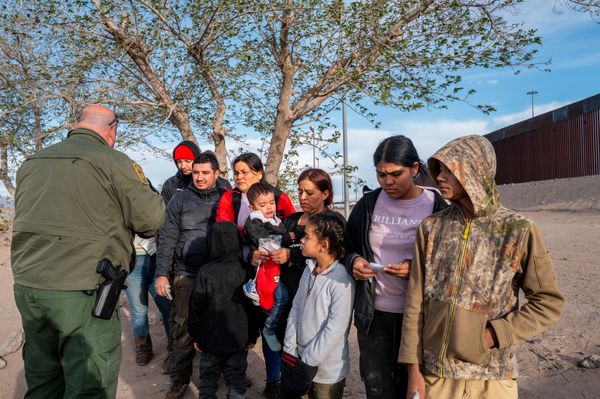
Gill Burns remembers the sign that greeted her at the rugby club vividly: “No women or dogs allowed.” It was the 1980s and a future great of English rugby was taking her first strides in a sport that she would come to give so much to – but there were plenty of obstacles to be overcome.
“The people there were very welcoming,” Burns, a 1994 World Cup winner and long-time England captain, recalls. “That sign was very soon removed and we very quickly became part of the club. Once you were able to talk to people, and people watched us, we won across supporters.
“But we had lots of hurdles to get over. No facilities, no match officials, playing at strange times of the day. We had huge travel distances in order to play, which of course we funded ourselves. Sadly, there were women who would have played rugby back then, including for the national team, but couldn’t afford it because you had to pay for everything.”
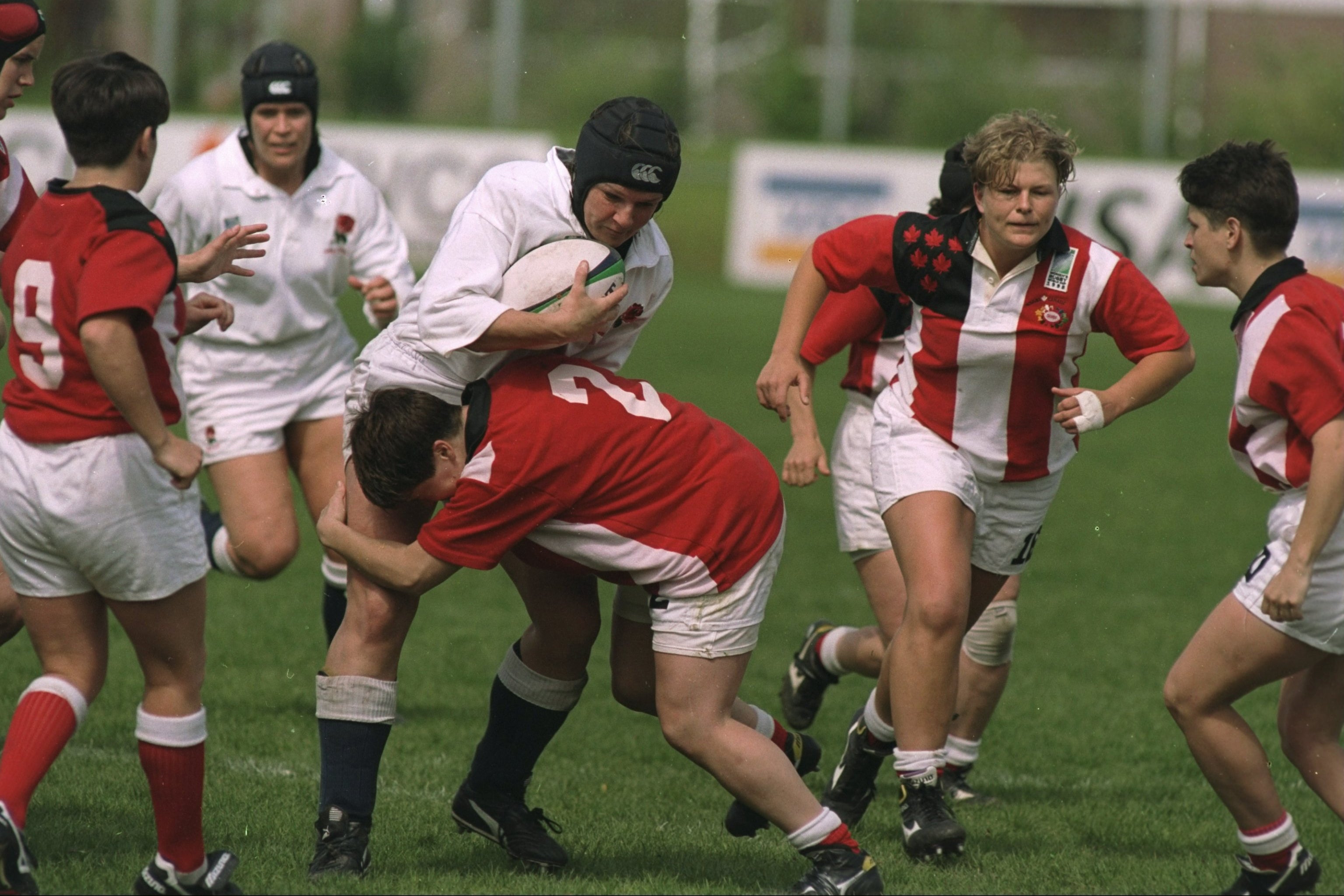
In truth, it took some time for that landscape to change. There are still players in Premiership Women’s Rugby (PWR), the world-leading English top flight, essentially paying to play; aside from the contracted Red Roses, almost all are balancing elite sport with another career or studies.
As the 2025 Women’s Rugby World Cup accelerates into view, it is a picture that many hope may be about to change, but there is a deeper legacy of the tournament that may come to be felt more significantly. In the community game, work commenced two years ago on the Impact ’25 programme, injecting £12.13m of Government funding into the sport to improve the accessibility of women’s and girls’ rugby across the country. It comes in anticipation of a boom after this summer’s tournament, with England strong favourites to triumph on home soil.
The Rugby Football Union (RFU) has got a lot wrong in the last few years; this is one area where the organisation deserves significant praise. Already, the best part of £3m has been spent upgrading club facilities to make them more welcoming for females, from new changing rooms to sanitary packages and a significant increase in the number of match officials and coaches. 850 clubs have received funding or activities to grow the sport.
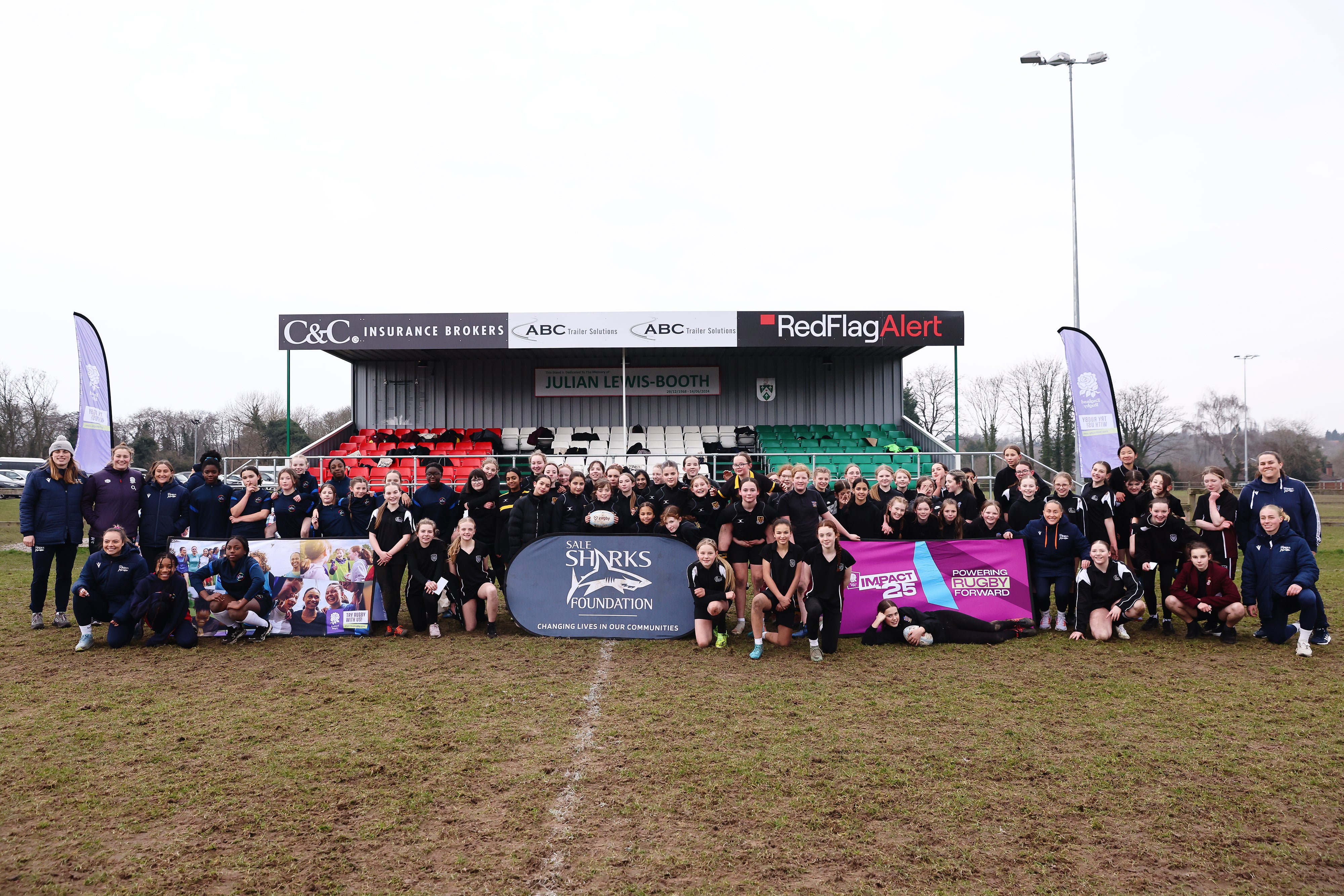
“Previously, we would have held a World Cup and gone, ‘ooh, that was really lovely, that was great’,” Katy Daley-Mclean, England’s last World Cup-winning captain in 2014, explains. “This is ground level work. Those reading it might think, ‘why is this interesting?’. But when that World Cup comes, this money is allowing the rugby clubs to be ready to welcome the increased number of women and girls playing our game.”
Such an increase is welcome at a time where, Burns admits, adult male participation in the sport is “dwindling”. While many recreational clubs are struggling to maintain their men’s sides, and the anecdotal evidence on that front is worrying, others have found their women’s sections growing at speed. A striking area of improvement is at U12 level, where 40% more girls have experienced rugby this year compared to last.
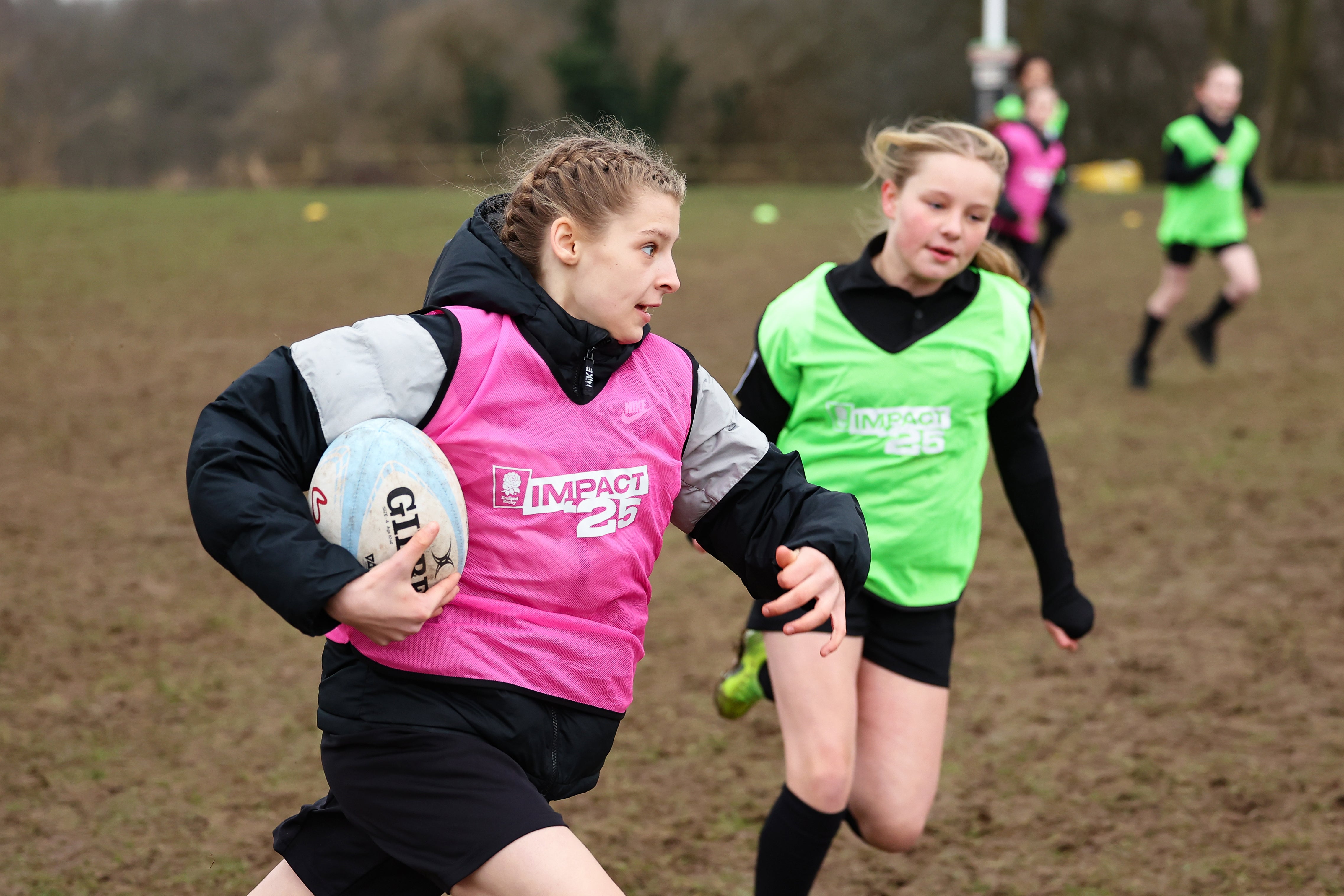
While the Red Roses are already a world-leading programme, the thought is that the next couple of generations will hit even greater heights. University has long been an entry point for women’s rugby but the community and professional pathways are opening up earlier and earlier. “Some of these girls that are coming in at 16, 17 or are just out of school, they are already talent-wise where I was at 24, 25 in terms of run, pass, kick,” Daley-Mclean, who is seeing the upfill of talent directly in her role as women’s performance lead at Sale Sharks, says. “Previously, girls may only have had access to rugby at university. To have this exposure so young is wicked as a Premiership side to think about what that could bring.”
It is aided by a group of Red Roses that recognise their place as role models and forces of growth within the sport. Social media has a great many cons but in allowing players to present themselves and connect with the next generation, it has been a great strength, too. “We sat there and thought, ‘I’m not sure I want to put myself out there, because maybe people don’t want me to do that’.” Daley-Mclean says. “I think what the girls have done is really embrace that. I love how different they all are. If you are a young kid, you may not identify with a player because of rugby but because of something off the field.
“Look how comfortable Hannah Botterman is, the Sarah Berns, the Ellie Kildunnes, a Jess Breach, a Zoe Harrison. You’ve got a real broad spread there, which is lovely. For young kids who have maybe never fitted in, they are seeing people who are fitting in in rugby. Rugby can be their home.”
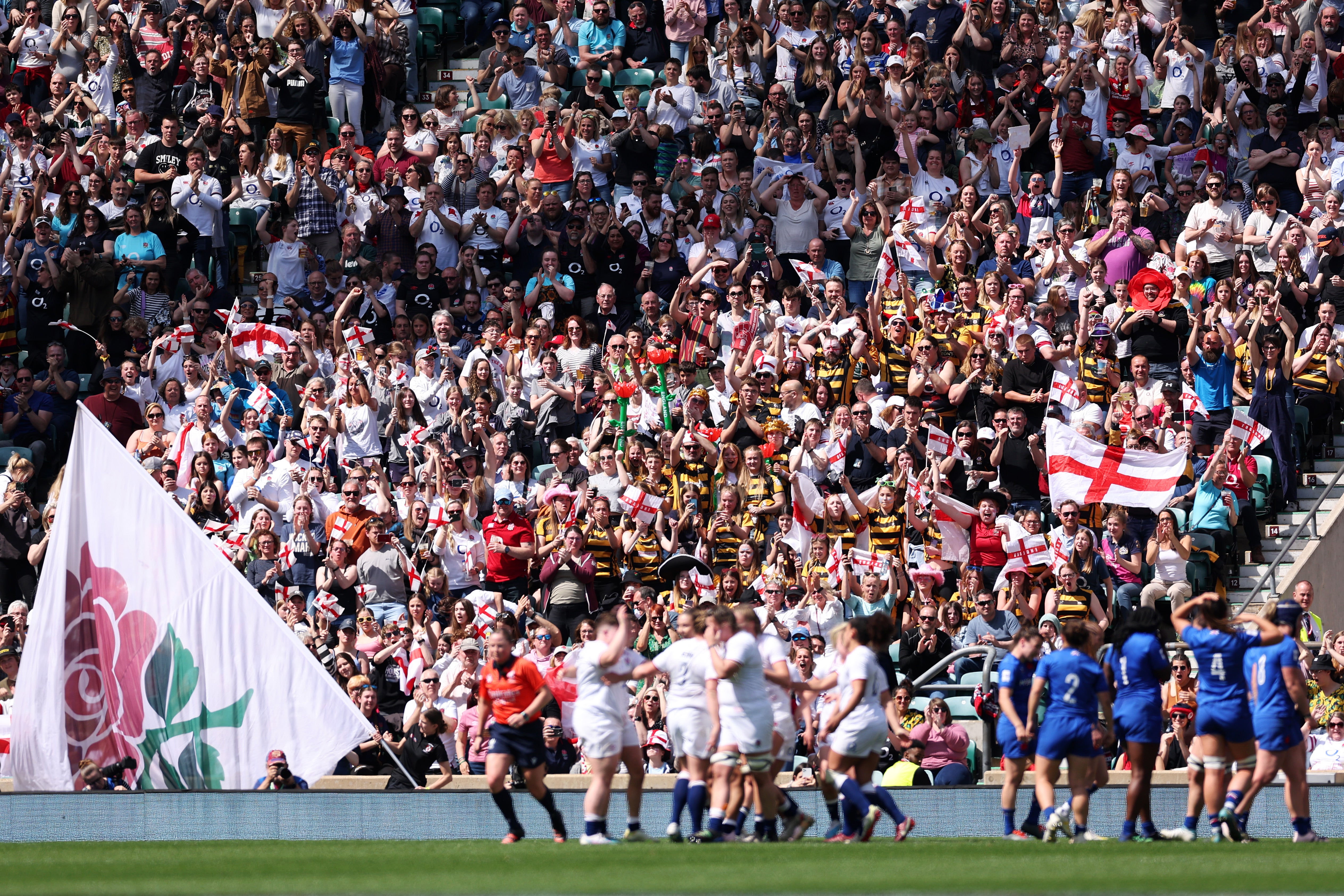
Links with past players help, too. Close bonds have been built between the “vintage Red Roses” and the current crop, with more than 800 pioneers of the women’s game attending an event after England’s thrashing of Ireland at Twickenham last year. “There was a time where players played for England, retired, and just disappeared from the scene because they didn’t feel part of it any more. The link that the past players have with the current squad now, and the wonderful set-up they have, has welcomed us into the fold to tell stories of how it used to be. Everyone who has worn that shirt now feels a part of the Red Roses community.”
It is all contributing to a much-needed positive story for English rugby and the sport more widely. Amid the angst and anger of the last few months, the Women’s World Cup has been a ray of light on the horizon and a boom moment that the RFU recognise they cannot afford to miss out on.
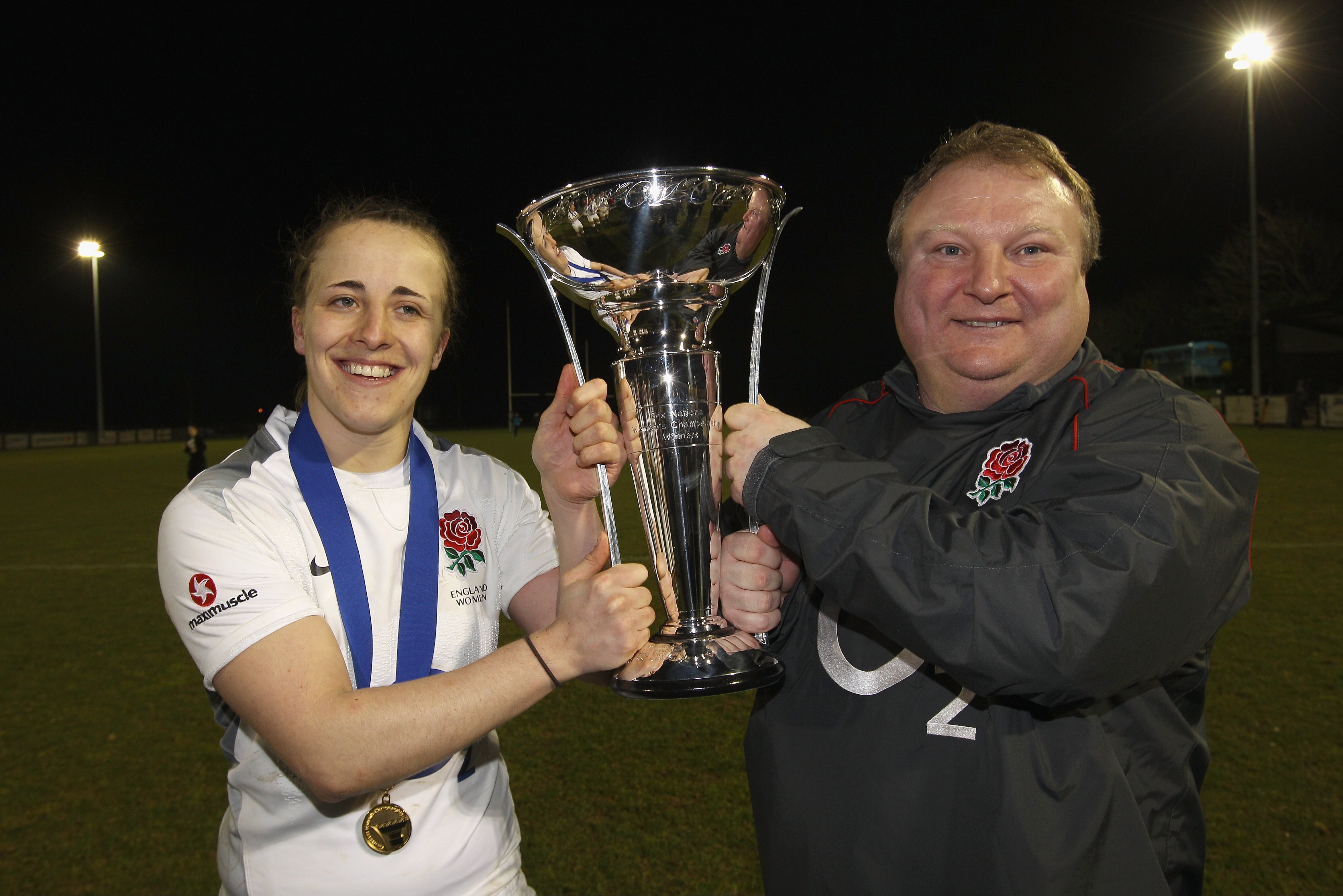
“I didn’t sit there at 16 and think, ‘I want to change the face of women’s rugby’,” Daley-Mclean adds. “But the beautiful bit around this is how perceptions change. I just wrote a letter to myself, and one of the things I opened with was: ‘I know you feel like you were born to do this, but people don’t understand’. That’s how it felt to me. People questioned why a girl would want to play a man’s sport. What this World Cup will do is say that it is for everybody. That’s one of things I’m proudest of.”

